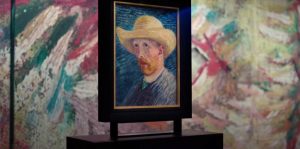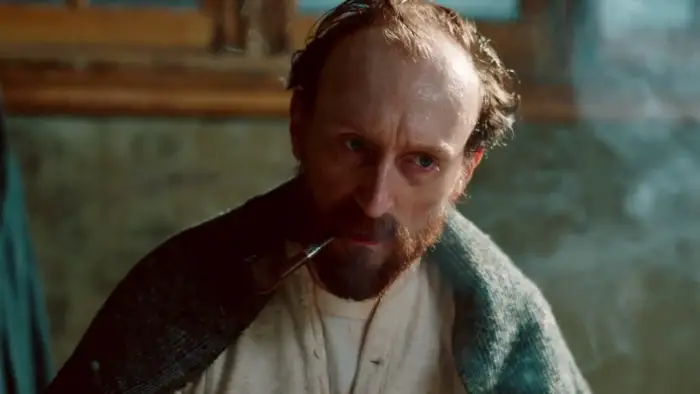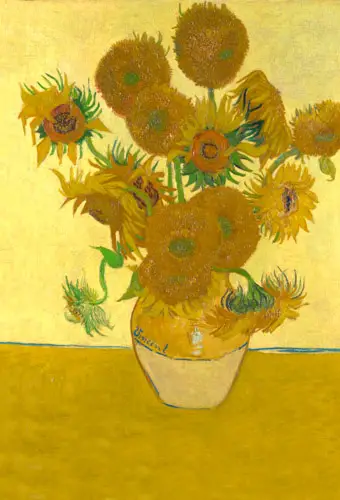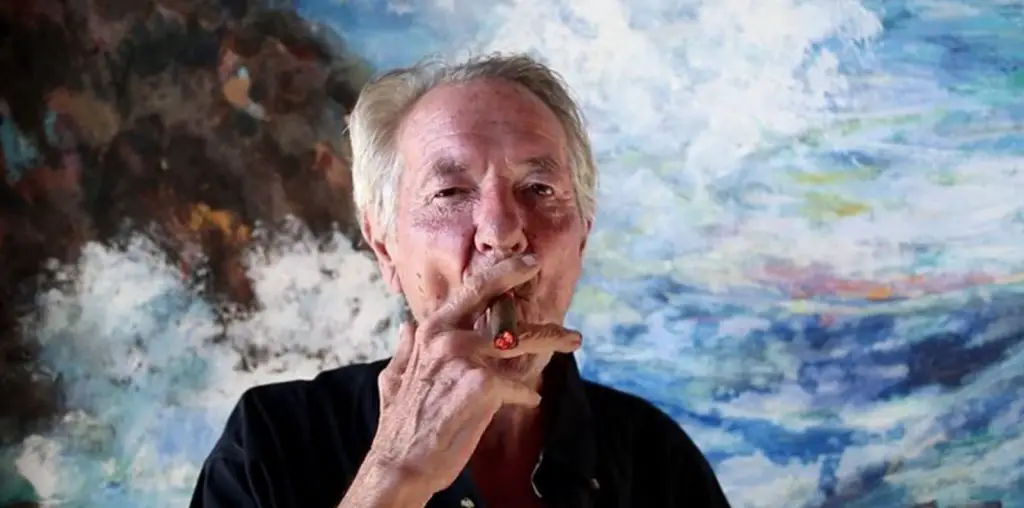
Certain pieces of art capture the popular imagination for various reasons and bring down the transcendental works of beauty to the level of consumerist kitsch. The consumer industry has certainly done this with Vincent van Gogh’s paintings of sunflowers in the form of consumables such as t-shirts, calendars, coffee mugs, towels, and even printed Covid face masks. Sunflowers is a documentary that puts parenthesis around the kitsch that has debased the artist’s paintings and attempts to take the viewer back to what made him one of the key figures in painting and one of the fathers of Post-Impressionism.
The film, directed by David Bickerstaff in collaboration with the Van Gogh Museum in Amsterdam, comprises interviews with art historians, van Gogh biographers, museum directors, and conservator-restorers who attempt to give the viewer a genealogy of why van Gogh and his sunflowers are important. The director also recounts the winding roads taken by individual paintings in the series. One particular picture, for instance, was obtained by a Japanese collector and was destroyed in a fire after a bombing campaign in WWII. It is precisely this elucidation of Japan’s influence on van Gogh which is most fascinating. Van Gogh was impressed by and tried to approximate the flatness of Japanese art. As someone who thinks quite a bit about art, it struck me that the way van Gogh spaced his sunflowers on a canvas perhaps owed an influential debt to the Japanese notion of a beautiful asymmetry in bonsai pruning, Ikebana, and Japanese landscape paintings.
The painter’s goal was to establish a kind of unity out of asymmetry and extremes. His sunflower compositions had a stained-glass quality on canvas that rendered clashing colors into a pleasant harmony. Sunflowers notes that paintings of vibrant flowers were a fixture of any bourgeois household looking to decorate a room. The artist made sure to include non-decorative details into his sunflower canvases. For instance, he depicted some sunflowers as dying.

“…a genealogy of why van Gogh and his sunflowers are important.”
The bright colors used by van Gogh were an overcompensation, an attempt to brighten up his psyche, an antidote against the darkness forced upon him by his mental illness. And just like sunflowers attract pollinating bees, he used his flower paintings to attract the attention of other painters in an attempt to create a colony of artists. Sure enough, van Gogh’s flower paintings did catch the attention of one Paul Gauguin.
After viewing Sunflowers, you will undeniably have a greater appreciation for Vincent van Gogh and his sunflower canvases. You will feel as though you have attended an amazing art history lecture. When you strip away the later consumerist aspects of van Gogh’s work — the detestable art auctions that are nothing more than frenzied spending sprees, the clichéd Starry Night posters at French restaurants — you end up with paintings that wanted to capture nature’s colors, life, death, and fleetingness.
Vincent van Gogh was humble and was attracted to simple subject matter. His paintings focused on things like flowers in a vase, peasants sharing a meal of potatoes, or even, my favorite, simple peasant shoes. Sunflowers puts aside the hype, the spectacle, the pop phenomenon in favor of what made van Gogh transcendent: color and brushstroke on canvas. Bickerstaff might have made an extended art lecture, but it is an engaging one.

"…an amazing art history lecture."


